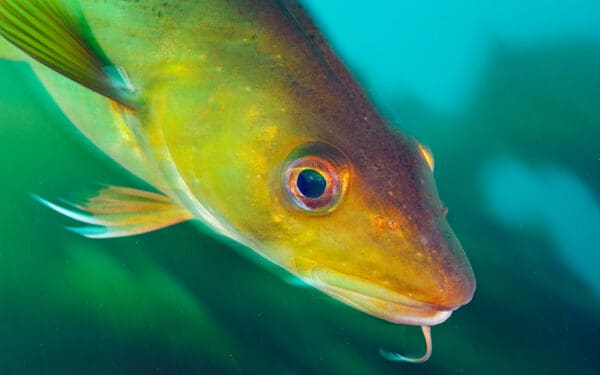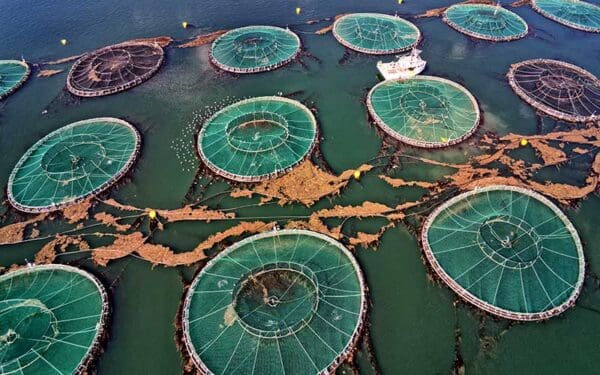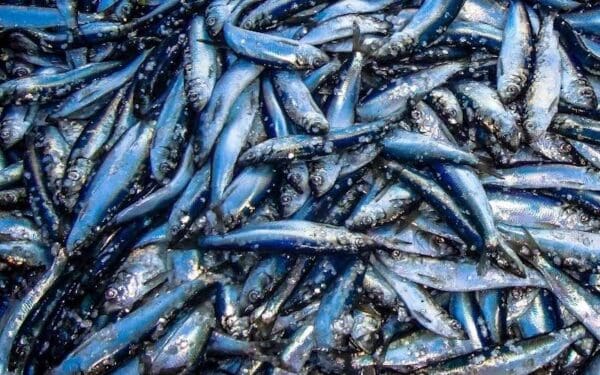Bringing Maine’s Alewives Back from the Brink
After decades of population declines, alewives are slowly but surely returning to their ancestral habitats – and that’s good news for Maine’s environment, economy, and fisheries.
CLF in Action
Alewives play a critical role in the health of Maine’s fisheries, serving as food for cod, salmon, and striped bass, and as a bait fish for lobstermen. But thousands of dams, large and small, built over the past 250 years have cut these fish off from their spawning grounds. That has led to a drastic decline in their population and threatened their survival.
CLF has long been involved in the fight to save Maine’s alewives. We’ve worked through state and federal licensing proceedings, lawsuits, legislation, and cooperative negotiations to remove or modify human-made obstacles that block fish from returning to their native waters. We’ve worked at the federal level and state levels and with towns and private dam owners.
With our partners, we have successfully restored Maine’s St. Croix and Presumpscot rivers to their natural state. The result: hundreds of thousands of alewives and blueback herring returning to their native spawning grounds.
What’s at Stake
The alewife lives in the ocean but travels up rivers each spring to spawn. It is a “keystone species” that provides food for many animals, birds, and larger fish species native to Maine’s marine and freshwaters. Despite its importance, alewife populations have dipped dangerously low along the East Coast. This stark decline has two main causes: alewives being caught as bycatch when in ocean waters and river dams blocking them from traveling up rivers to their spawning habitat.
On Maine’s St. Croix River, for example, a population of more than 2.5 million alewives in the 1980s plummeted to barely 900 in 2002, due to a deliberate decision to keep the fish from reaching spawning grounds upriver. Thanks to our advocacy efforts to help this species, in 2020, over half a million fish reached the spawning grounds. But that number is still just a fraction of what the population once was. The battle is far from done. That’s why we will continue to lead the way and push for new approaches to ensure the survival of alewives in New England.




